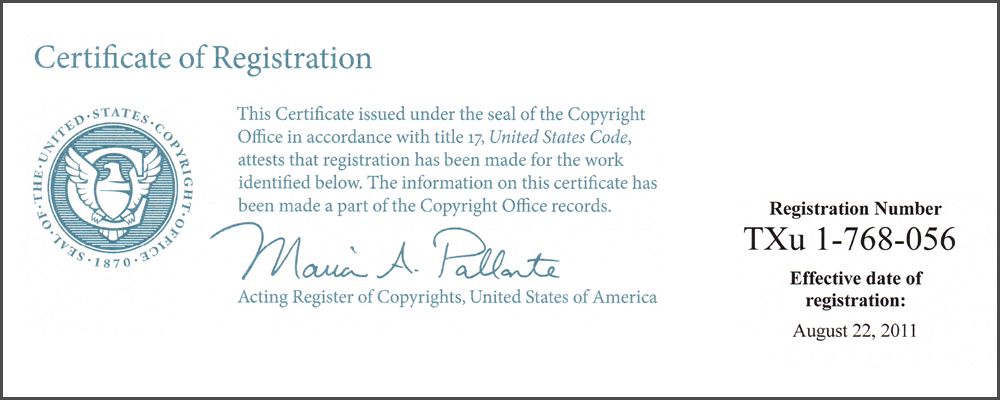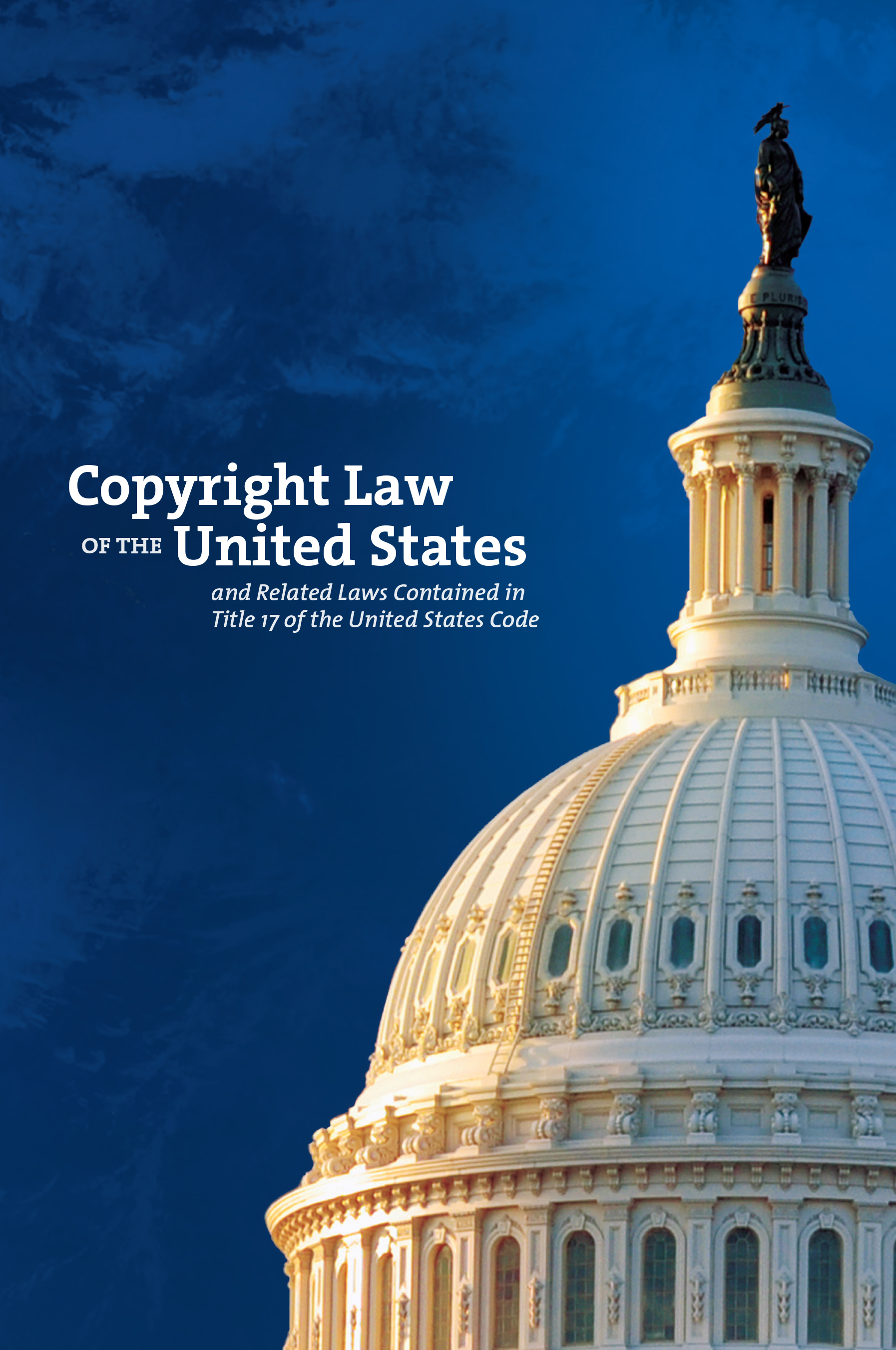Copyrights
Copyright is a type of intellectual property that protects “original works of authorship,” including literary, musical, and dramatic works, as well as photographs and graphics, audio and visual recordings, and other qualifying creative works. Copyright law provides authors of original works exclusive rights to use their works, including the right to reproduce, distribute, perform and display the protected work.
It is not difficult to satisfy the originality requirement for purposes of copyright protection. Works are original when they are independently created by a human author and have “at least a modicum of creativity.” Independent creation simply means that you create it yourself, without copying from other works.
What copyright protects is expression, and never ideas, procedures, methods, systems, processes, concepts, principles, or discoveries. The complete list of exemptions to copyright protection can be found in chapter 1 of title 17 of the United States Code.
Copyright protection for original works of authorship exists at the moment the work is “fixed in any tangible medium of expression.” A copyright holder can take steps to enhance the protections of copyright, the most important of which is registering the work with the U.S. Copyright Office.
The length of copyright protection depends on when a work was created. Under the current law, works created on or after January 1, 1978, have a copyright term of life of the author plus seventy years after the author’s death. For works made for hire and anonymous or pseudonymous works, copyright protection is 95 years from publication or 120 years from creation, whichever is shorter. Works created before 1978 have a different timeframe. Copyright has been a part of U.S. law since the nation’s founding.


Although registering a work is not mandatory, for U.S. works, registration is necessary to enforce the exclusive rights of copyright through litigation. Timely registration with the U.S. Copyright Office allows copyright owners to seek certain types of monetary damages and attorney fees if there is a lawsuit, and also provides a presumption that information on the registration certificate is correct.


LEARN MORE...
Copyright Law of the United States
The United States copyright law is contained in chapters 1 through 8 and 10 through 12 of title 17 of the United States Code. Chapters 9 and 13 of title 17 contain two types of design protection that are independent of copyright protection. The Copyright Act of 1976 provides the basic framework for the current copyright law.
Preface
Preface: Amendments to Title 17 since 1976
Chapters
Title 17 of the United States Code
 Chapter 1: Subject Matter and Scope of Copyright
Chapter 1: Subject Matter and Scope of Copyright
Chapter 2: Copyright Ownership and Transfer
Chapter 3: Duration of Copyright
Chapter 4: Copyright Notice, Deposit, and Registration
Chapter 5: Copyright Infringement and Remedies
Chapter 6: Importation and Exportation
Chapter 7: Copyright Office
Chapter 8: Proceedings by Copyright Royalty Judges
Chapter 9: Protection of Semiconductor Chip Products
Chapter 10: Digital Audio Recording Devices and Media
Chapter 11: Sound Recordings and Music Videos
Chapter 12: Copyright Protection and Management Systems
Chapter 13: Protection of Original Designs
Appendices
Transitional and Related Statutory Provisions
Appendix A: The Copyright Act of 1976
Appendix B: The Digital Millennium Copyright Act of 1998
Appendix C: The Copyright Royalty and Distribution Reform Act of 2004
Appendix D: The Satellite Home Viewer Extension and Reauthorization Act of 2004
Appendix E: The Intellectual Property Protection and Courts Amendments Act of 2004
Appendix F: The Prioritizing Resources and Organization for Intellectual Property Act of 2008
Appendix G: The Satellite Television Extension and Localism Act of 2010
Appendix H: The Unlocking Consumer Choice and Wireless Competition Act
Appendix I: The STELA Reauthorization Act of 2014
Appendix J: Marrakesh Treaty Implementation Act
Appendix K: Orrin G. Hatch–Bob Goodlatte Music Modernization Act
Related United States Code Provisions
Appendix M: Title 18 — Crimes and Criminal Procedure, U.S. Code
Appendix N: Title 28 — Judiciary and Judicial Procedure, U.S. Code
Appendix O: Title 44 — Public Printing and Documents, U.S. Code
Related International Provisions
Appendix P: The Berne Convention Implementation Act of 1988
Appendix Q: The Uruguay Round Agreements Act of 1994
Appendix R: GATT/Trade-Related Aspects of Intellectual Property Rights (TRIPs) Agreement, Part II
Appendix S: Definition of “Berne Convention Work”


